Why everybody can’t do a split?
Human body may look simple from outside in its structure. But inside, it has a very complex mechanism. One such complex mechanism involves functioning of muscles throughout the body.
You might have observed that some athletes or dancers can do full leg split, which is nearly impossible to do for an average person. So what makes them different to do this? And how their muscle functioning works? Let’s find out the secret behind it
(Src)
Let’s first understand the science behind muscles contraction and its composition. Human muscles are made up of a network of stringy muscle fibers. These muscle fibers are connected to bones by tendons. When your body makes any movement, these rubber fibers stretches the muscles. This allows muscles to do the movement.
Usually, this phenomenon remains same for normal functioning of muscles. But for an aerobic move like leg split, it requires special muscle involvement. These muscles are hamstring and iliopsoas.They are actively involved in a leg split. We have often heard about hamstring muscles but very less about iliopsoas. Let see what this iliopsoas is?
(Src)
Iliopsoas is a muscle that arises from the lumbar vertebrae and convoluted deep into the anterior part of the hip area. It is believed that it (Iliopsoas) is the key muscle involved in trunk and hip movement. If this muscle is weak, it may decrease the ability to flex the hip joint and thereby leave you with half leg-split. So what is so special about this muscle?
Unlike normal muscle fibers, the iliopsoas muscle fibers are long, thin and reach several centimeters in length. It is categorized into two types – Psoas minor and Psoas Major. The exact role of Psoas minor is not clear yet. But some studies suggest that it helps in controlling the position and stability of the underlying iliopsoas. While for Psoas major, research has supported the fact that it has some role in the activity of flexion of the trunk. While few others have indicated that the people having a difference in the cross-sectional area of the psoas muscle are faster in curve sprinting. So in one or other way, it is linked with the trunk muscle agility and flexibility.
Unlike regular muscle, this muscle has the capacity to stretch up to one-and-a-half times its own length. Regular stretching exercises further lengthen this muscle and allows athletes to do something extraordinary. This is why only a few people can do full splits.
In athletes or dancers who can do full splits, these muscles have become more flexible and stronger due to practice. While individuals who can do full splits without any regular training or stretching exercises, may have inherited this muscle genetically from their parents. But the question is how you will know whether your Psoas muscles are stronger, weaker or dysfunctional. Here are some symptoms that indicate dysfunction of Psoas.
Symptoms of Psoas Dysfunction
- Chronic Constipation
- Deep “bellyache”
- Difficulty moving thigh backward
- Twisted pelvis
- Iliopsoas bursitis
- Groin pain
So far we have learned about the role of Iliopsoas muscle in doing a full split. But its role is not restricted to full leg split only. The Psoas and multifidus (MF) muscle plays a very important role in maintaining global spinal alignment. It is believed that tight Psoas muscle can pull the low back vertebrae forward and down toward the femur often resulting in lower back pain. Studies have also shown that prolonged sitting in one posture may lead to loss of Psoas muscle flexibility and increased stiffness.
In which case, stretching exercises becomes mandatory to keep this muscle mobile and active. Here are few exercises that may help to strengthen your Psoas muscles.
Top 5 exercise for strengthening Psoas Muscles.
These exercises or stretches for splits will allow Psoas Muscles to regain its flexibility.
- Position yourself in a sleeping posture, keep your face upright staring at the roof. Now bend your knees and bring both knees close to your chest or you can also bring one knee at a time. Repeat same exercise for 10- 15 minutes with normal breathing and gentle movements.
- This is quite a common posture for strengthening Psoas muscles. It is equally effective for other muscles as well. In this posture, stand upright and stretch your hand upwards facing towards the roof. Then slowly bend your body downwards bringing your hands behind your calf muscles. Try to bring your head close to the knees as much as you can. After staying in the same posture for a couple of minutes, get back to your initial position. Repeat same exercise for 10- 15 minutes with normal breathing and gentle movements.
- In this posture, you have to position yourself as a baby crawling on his knees. Once you get into this position, slowly lift your right leg backward and the left hand forward. Try to raise both hand and leg as much as you can. After staying in the same position for a couple of minutes, do the same exercise with the other leg and hand. Repeat the same exercise for 10- 15 minutes with normal breathing and gentle movements.
- In this posture, you have to position yourself in the normal sitting pose. Thereafter, place your right hand towards your back, and bring left leg close to the bottom of your right leg hip (See image below). While doing so, the heel of your right leg should cross-over to the left leg thigh. After staying in the same position for a couple of minutes, bring your body to normal position and repeat same with other side. Repeat same exercise for 10- 15 minutes with normal breathing and gentle movements.
- This posture is little tricky and has to be careful while doing this. In this exercise, first, sit in a position with both legs stretched parallel adjacent to each other. Once you in the right position, slowly bring one leg towards back side, such that both legs are now faced in opposite direction. Now try to lean on front leg as much as you can ( try to touch the toe) while stretching the rear leg. Repeat the same exercise for 10- 15 minutes with another side while maintaining normal breathing and gentle movements. Make sure you don’t cramp your hamstring muscles by overstretching the rear leg
Things to avoid while performing Psoas stretching exercises
- Avoid overstretching your muscles. It may hamper your regular muscle
- Initially, begin with gentle and precise stretches
- If you have been sitting or running for a while, don’t get up straight away and go after psoas stretching. Do some warm up exercise before you do it.
- Pregnant women should seek doctor advice before doing stretching exercise.

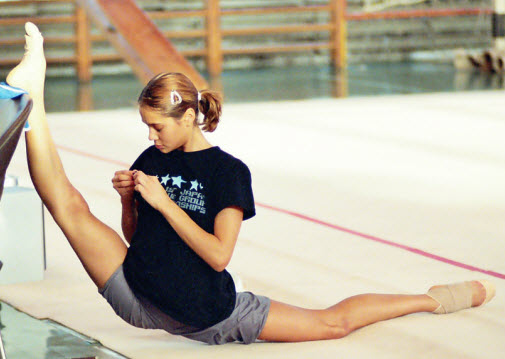
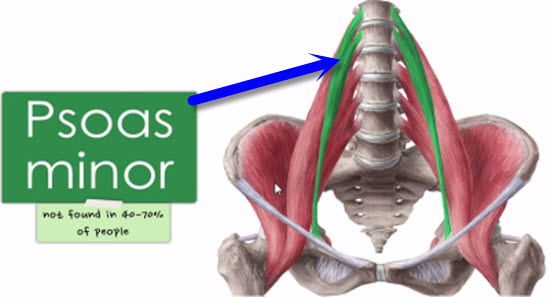
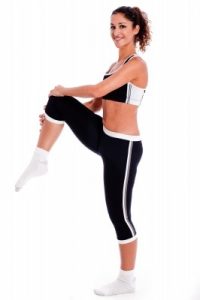

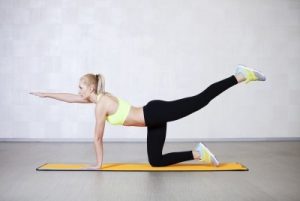

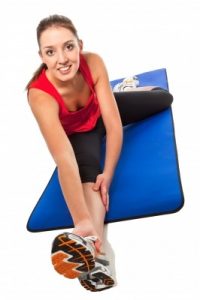


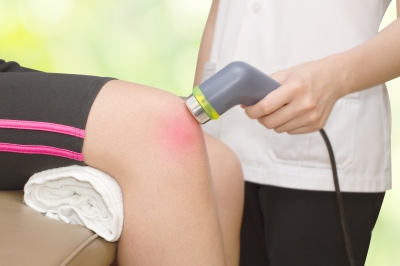
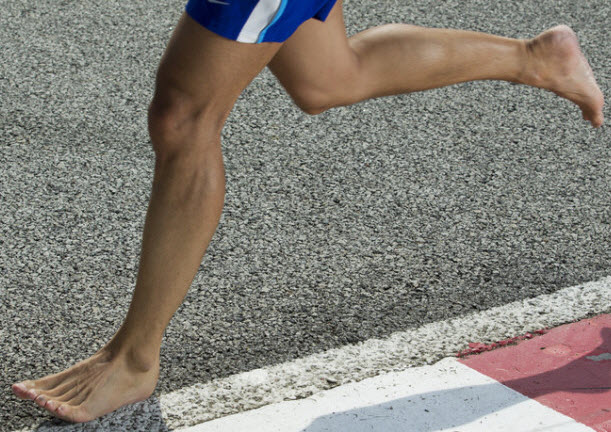

Hi I am a dancer and I practice and exercise everyday to do the splits but I still cant please help me how can I get my splits easily what do I need to do?
Try to watch blood sport.. you will get an idea there
This is so wrong, you didn’t even mention the stretch reflex or the golgi tendon organ.
thank you Dorothy.i love your page.